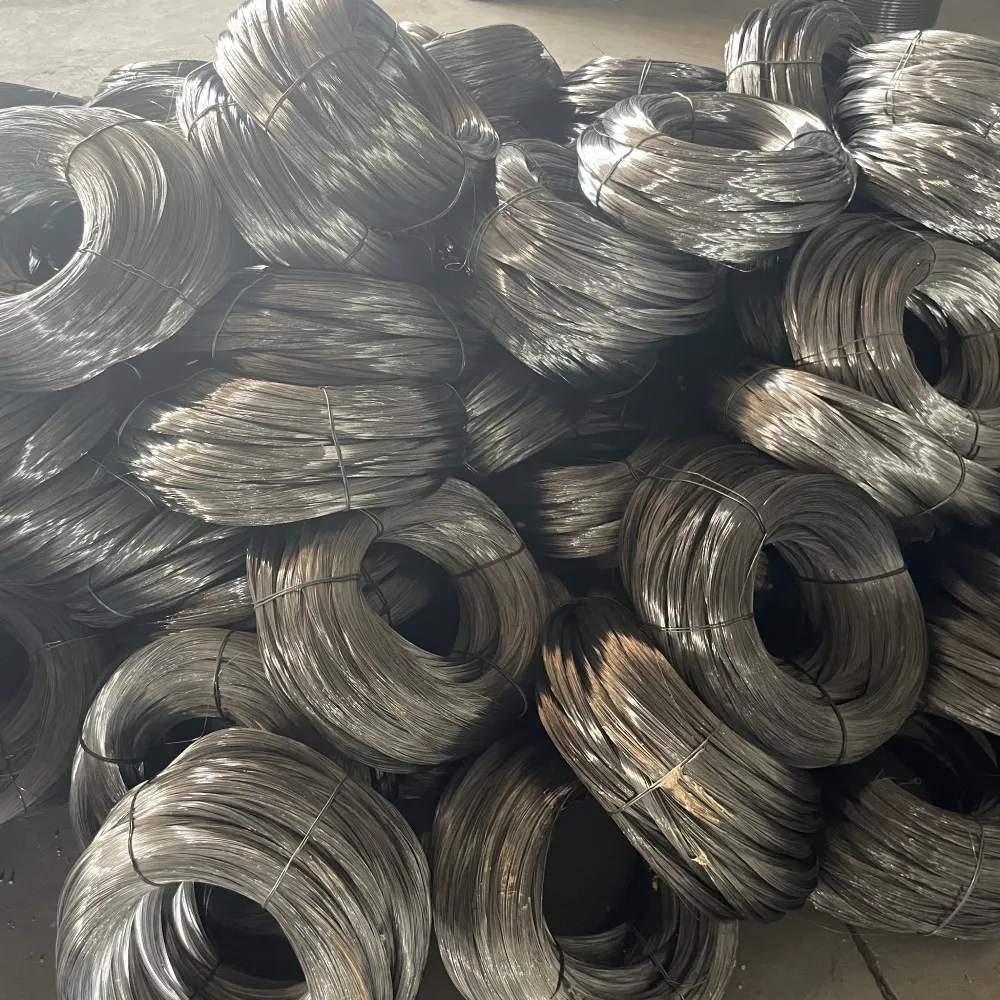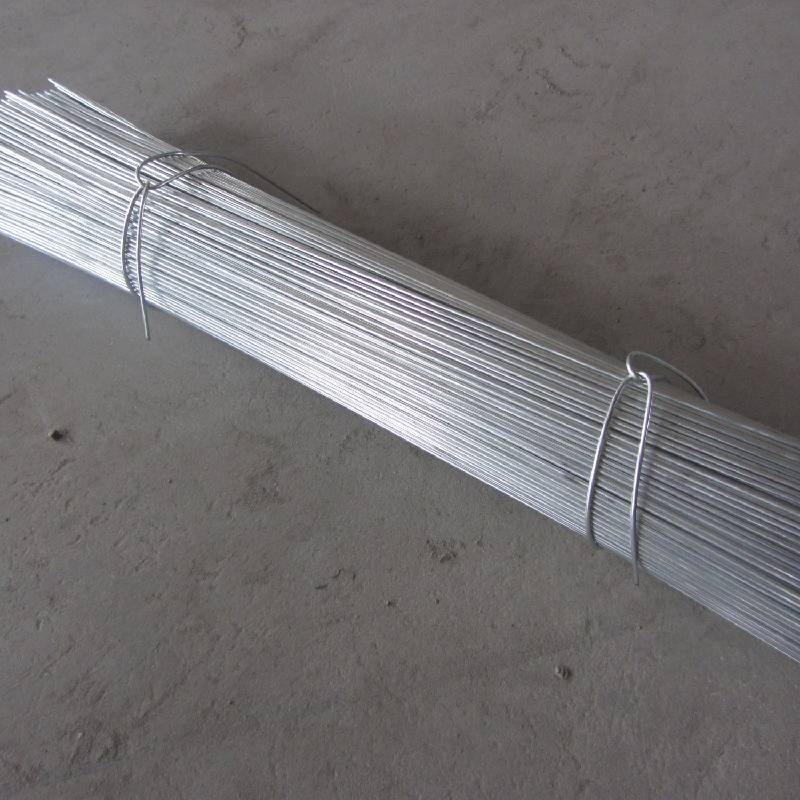Enhancing the protection and usability of a cattle field with a reliable fence is crucial for any farmer. Fencing serves multiple purposes, from containing livestock to protecting them from potential predators. Choosing the right fence might seem like a daunting task, given the myriad options available, but with expert guidance, this decision becomes less overwhelming and more strategic.

Reports from seasoned farmers indicate that the selection of fencing materials significantly impacts the durability and longevity of the fence. High-quality materials, such as galvanized steel wire, are resistant to rust and add years to the fence's functionality. Investing in these materials initially saves money and resources in the long run, minimizing the need for repairs and replacements.
The design of the fence is another critical factor influenced by the type of livestock it needs to contain. Cattle, known for their strength, require fences that can withstand significant pressure. A barbed wire fence or a high-tensile wire fence is often recommended due to their ability to endure heavy force while still providing flexibility. These designs not only offer robustness but also facilitate ease of installation and maintenance. Recent advancements in fencing technology have introduced electric fences, which offer an even higher level of security by delivering mild shocks upon contact, thus effectively deterring cattle from attempting an escape without causing harm.

Professional expertise is invaluable when installing a cattle field fence. Consultation with fencing specialists ensures that the fence is not only sturdy but also compliant with local agricultural and livestock regulations. These experts often possess an in-depth understanding of the terrain and environmental factors that might affect the fence's efficiency, such as soil type and weather patterns. By leveraging their insights, farmers can make informed decisions that yield optimal results.
cattle field fence
Another layer of complexity in choosing a cattle field fence is the ecological impact. In an era where sustainability is paramount, environmentally conscious farmers are exploring options that align with eco-friendly practices. Fencing solutions like recycled composite fences or solar-powered electric fences offer sustainable alternatives that do not compromise on quality or efficacy. These options often carry the additional benefit of being maintenance-friendly, further reducing the resource burden on the farmer.
Installing a cattle field fence is not solely about confinement but also about enhancing the overall functionality of the farming operation. Integration of technology such as GPS tracking and monitoring software provides an enhanced layer of management. These tools allow farmers to monitor the location and condition of the fence remotely, ensuring that issues like breaches or damages are addressed promptly. The incorporation of such technology not only strengthens the security network but also increases the operational efficiency of the farm.
Building trust with stakeholders, particularly regarding the transparency of the fencing process, plays a vital role in establishing a farm's reputability. Showcasing the processes involved, from material selection to installation and maintenance strategies, builds trust with partners, investors, and even consumers who value ethical and responsible farming practices.
Choosing the right cattle field fence goes beyond aesthetics and simple functionality; it is a strategic decision that can significantly influence a farm's productivity and sustainability. It’s a clear reflection of expertise, authority, and trust, driven by informed decision-making and guided by professional insights. Engaging with industry experts, investing in quality materials, considering ecological impacts, and leveraging technology are pivotal in crafting a fencing solution that not only meets but exceeds the needs of the modern farmer.
























